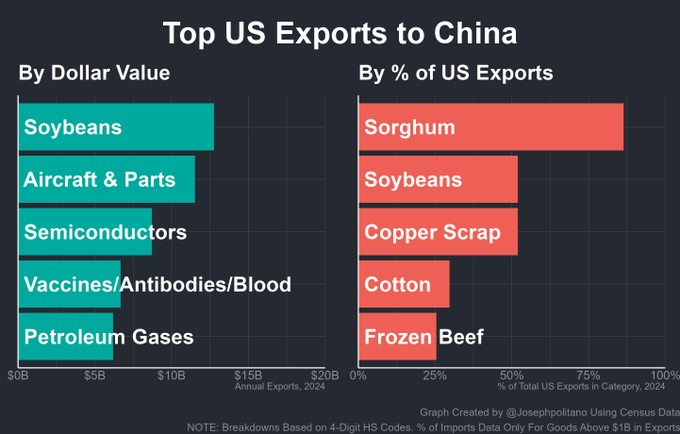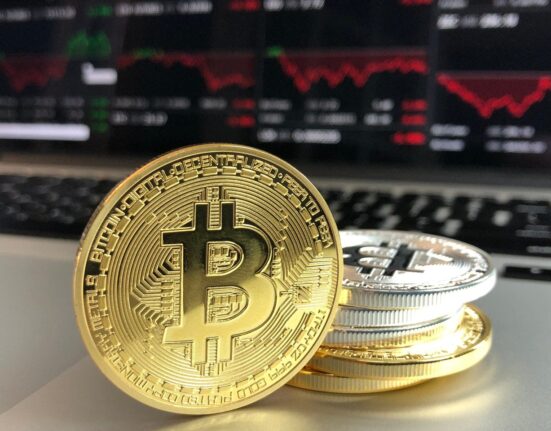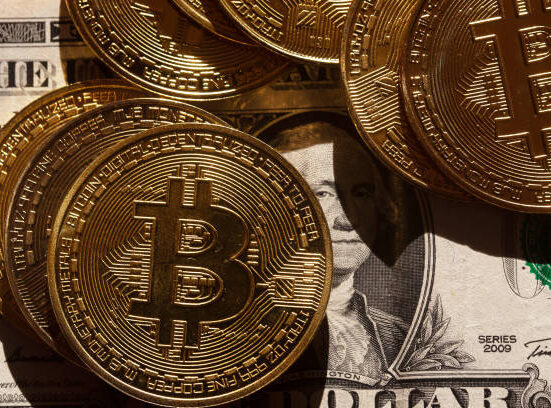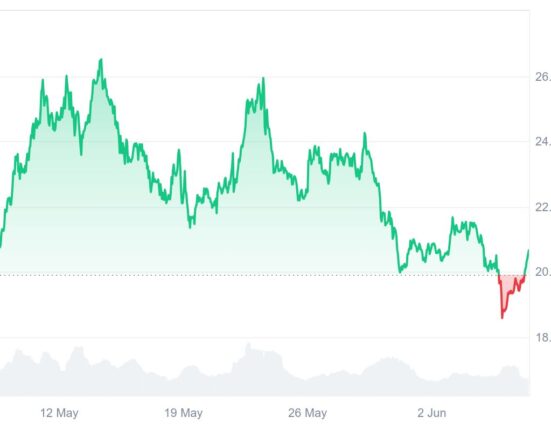About $11.1 trillion (equivalent to 37% of US GDP) has been wiped out from the United States stock market in just 44 trading days due to Trump’s tariff uncertainty. Since the White House has unveiled a sweeping tariff plan that sent investors rushing for cover, global retaliation from 150+ countries is expected this week.
On April 5th, a 10% baseline tariff on every country took effect. Later on Sunday, US Commerce Secretary Howard Lutnick announced, “There’s no postponing tariffs.” Reciprocal tariffs will go live at 12:01 AM ET on April 9, and hopes of a delay are already fading, heightening fears of global retaliation.
According to a post by Kobeissi Letter on X, Goldman Sachs predicts an 18.8% point increase in tariffs following the April 2 ‘Liberation Day’ announcements.
It's "reciprocal tariffs on reciprocal tariffs" week:
After imposing tariffs on 185 countries at ONCE, we expect retaliation this week.
The US stock market has lost $11.1 TRILLION in 44 trading days, equivalent to ~38% of US GDP.
Here's what you need to know.
(a thread) pic.twitter.com/7OGYVEhw7F
— The Kobeissi Letter (@KobeissiLetter) April 6, 2025
Meanwhile, President Trump has said little about any possible new trade negotiations. The only hints came from Taiwan, Vietnam, Zimbabwe, and India, where officials indicated they might negotiate for better terms.
Taiwan’s President Lai Ching-te offered zero tariffs with the removal of trade barriers and pledged to increase investment in the US. Similarly, Zimbabwe’s President Emmerson Mnangagwa also offered to suspend tariffs on US goods in a knee-jerk reaction.
The principle of reciprocal tariffs, as a tool for safeguarding domestic employment and industrial sectors, holds merit. However, the Republic of Zimbabwe maintains a policy of fostering amicable relations with all nations, and cultivating adversarial relationships with none.
In…
— President of Zimbabwe (@edmnangagwa) April 5, 2025
150+ countries are still yet to respond to Trump’s ‘Liberation Day’ tariffs.
Market watchers predict “reciprocal tariffs on reciprocal tariffs”
China already imposed 34% tariffs on US goods last week, covering $140 billion worth of exports. Traders see that bold step as the first move in a larger trade war. In the meantime, a drop in the stock market, along with dipping oil prices and treasury yields, hints strongly at a looming recession.
In the meantime, Treasury Secretary Bessent urged trading partners not to retaliate. He said the United States would raise tariffs if countries responded with further retaliation.
Despite that, the European Union said last week that they have prepared countermeasures to Trump’s tariffs. The EU shipped $606 billion in goods to the United States in 2024, with a trade deficit of about $236 billion. Hence, many analysts think the EU’s response will be a significant market mover.

Reuters reported on March 31 that China, Japan, and South Korea will respond jointly to the tariffs. China has acted, but Japan and South Korea have remained relatively quiet. A joint move from these three nations could affect roughly $280 billion worth of US imports.
Mexico’s President stated that his government would offer a “comprehensive response.” Canada also vowed to respond to the escalation. Unlike other nations, neither Canada nor Mexico has been subjected to a 10% baseline tariff, although previous duties on the two countries still remain in place.
The last four days have felt like a calm before a potential storm. Most countries have stayed relatively silent after Trump’s so-called “Liberation Day.” This means either these countries are trying to reach negotiations or they’re preparing for countermeasures.

With tariffs affecting 185 countries, markets are preparing for a global trade war, resulting in major volatility. On Friday, total options volume shot above 100 million contracts in a single day for the first time, according to ZeroHedge. At the same time, The Volatility Index (VIX) soared by 110 points last week, though it remains 20 points below the August 5 highs.
Cryptopolitan Academy: Want to grow your money in 2025? Learn how to do it with DeFi in our upcoming webclass. Save Your Spot








